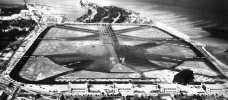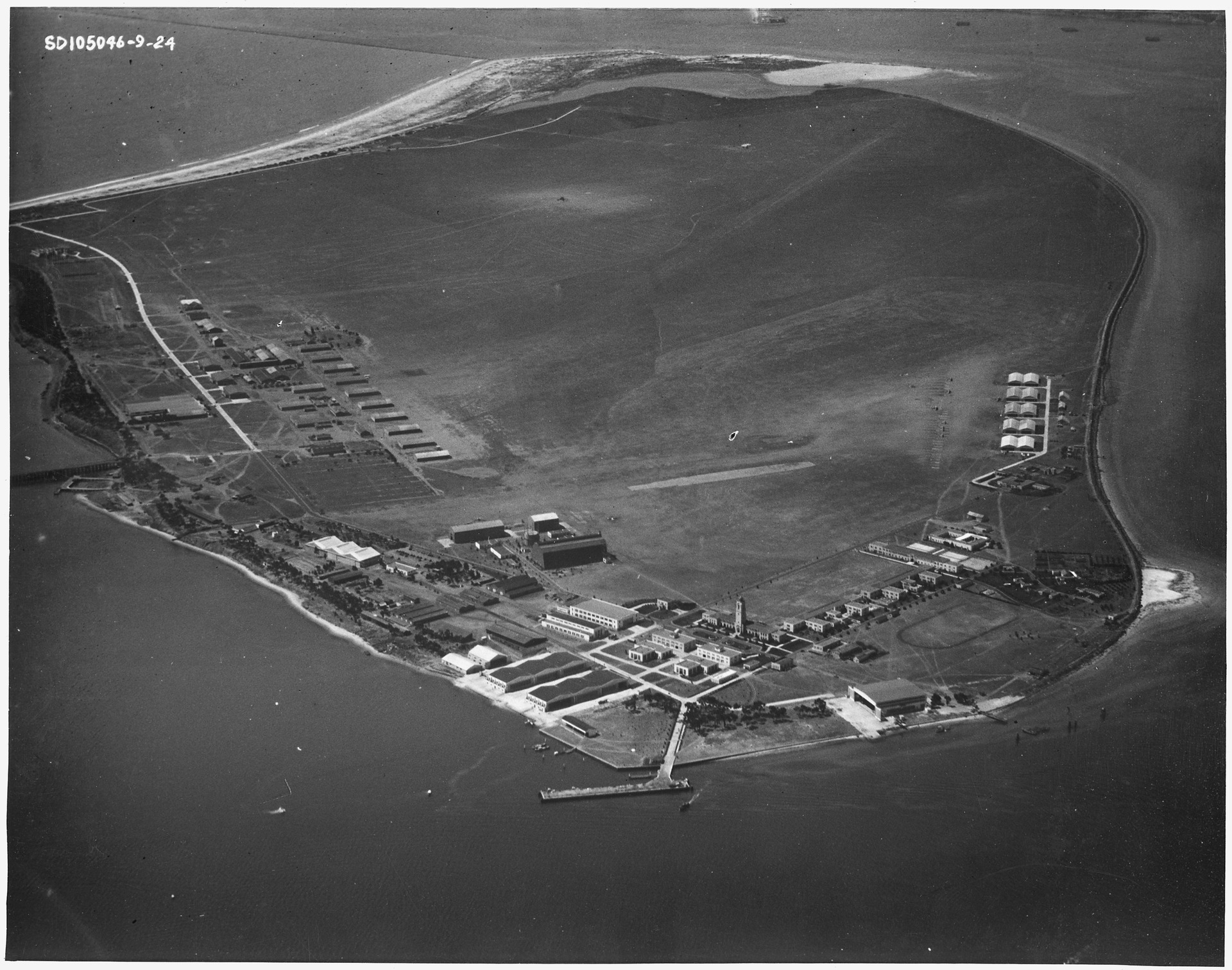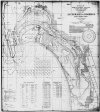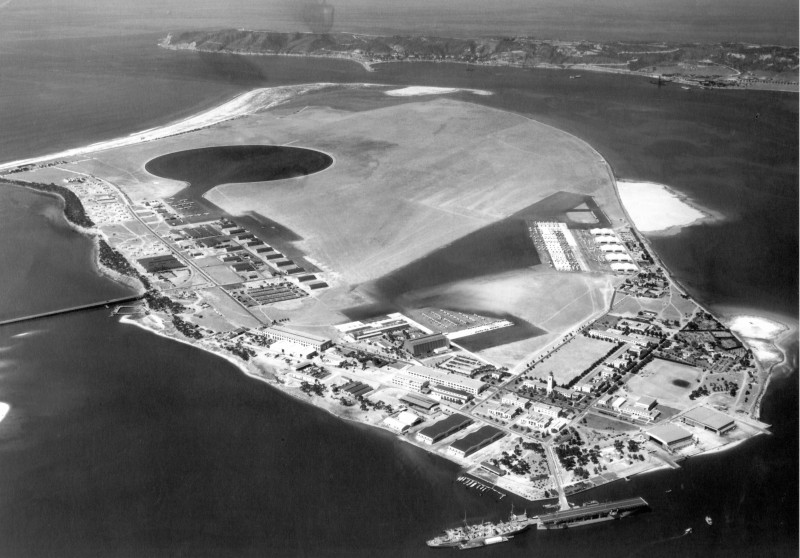http://www.bbc.com/news/magazine-39284294
I saw this clip and thought it was interesting but it raises a lot of questions. I'm all about thinking out of the box and trying new things but I think this might be stretching it a bit. First, you have to take off and land on a banked track NASCAR style. It's a very wide circle though but the banking would have to be very shallow or graduated due to wingtips and low slung motors.
My biggest question is how do you deal with instrument approaches? Can you do a CATIII into this? Cool concept but I question the feasibility of it.
I saw this clip and thought it was interesting but it raises a lot of questions. I'm all about thinking out of the box and trying new things but I think this might be stretching it a bit. First, you have to take off and land on a banked track NASCAR style. It's a very wide circle though but the banking would have to be very shallow or graduated due to wingtips and low slung motors.
My biggest question is how do you deal with instrument approaches? Can you do a CATIII into this? Cool concept but I question the feasibility of it.







